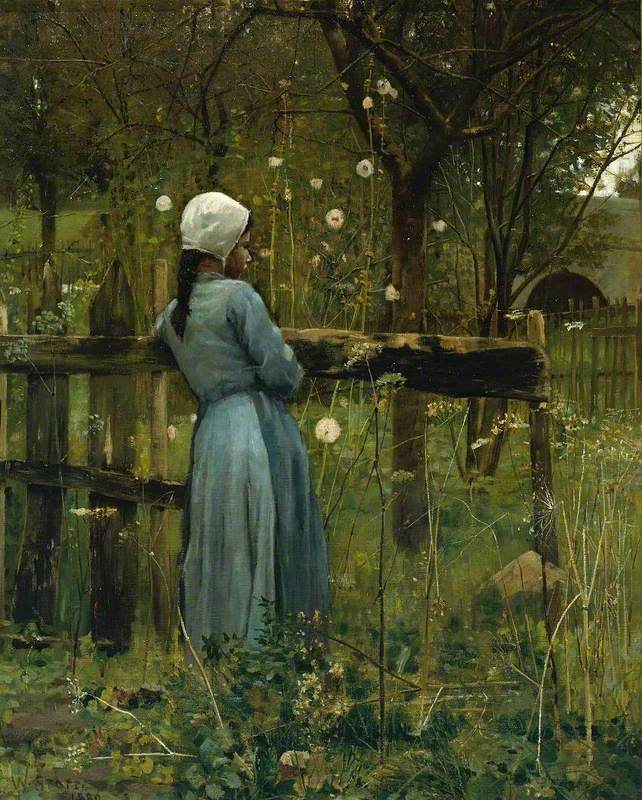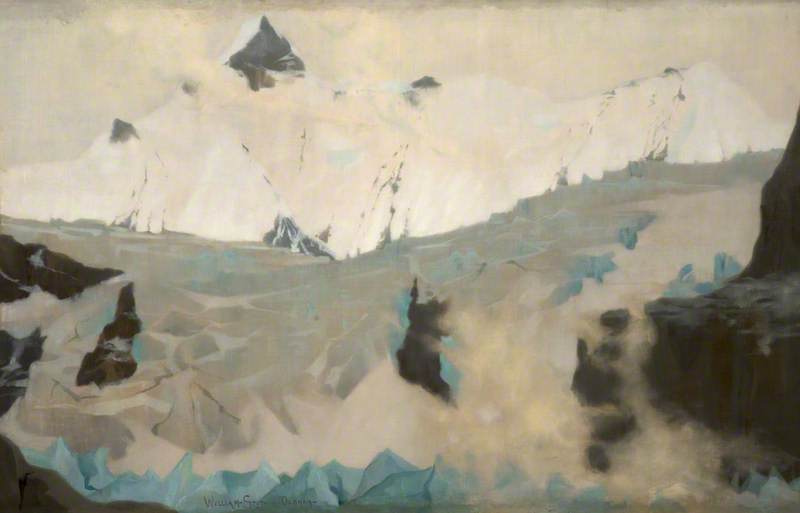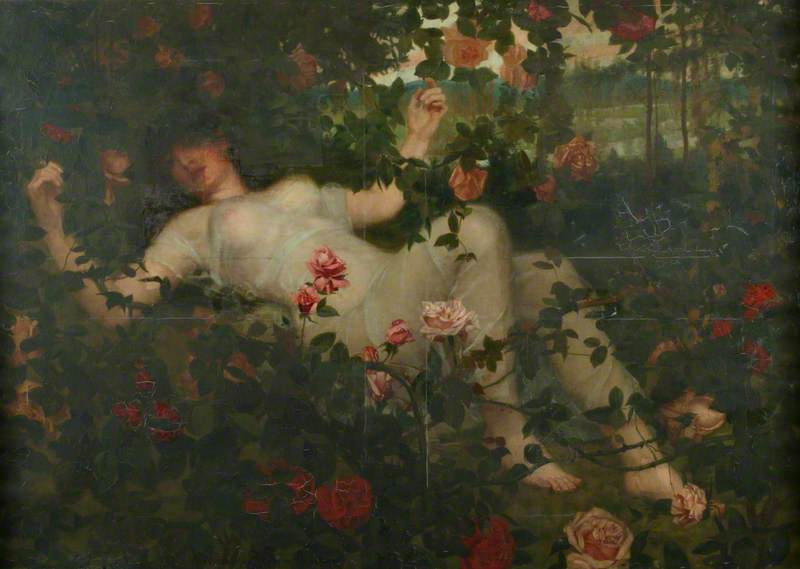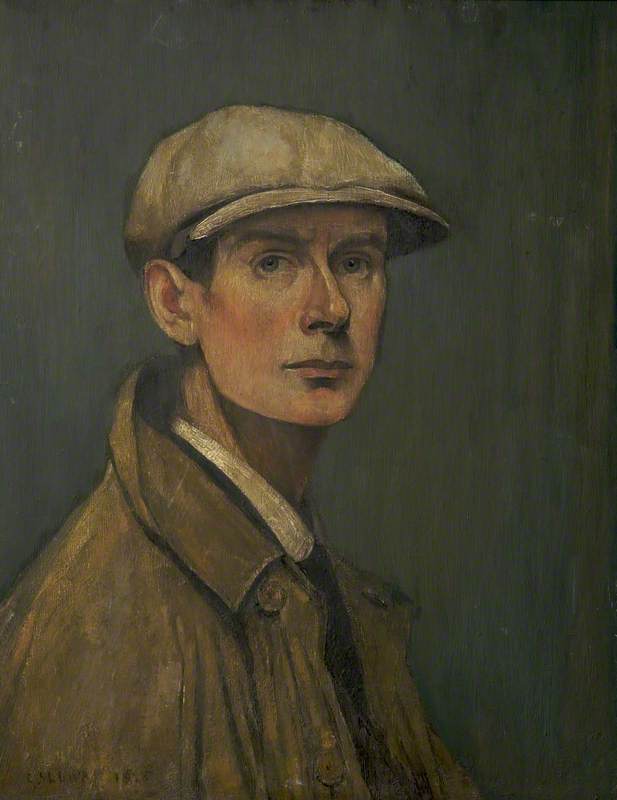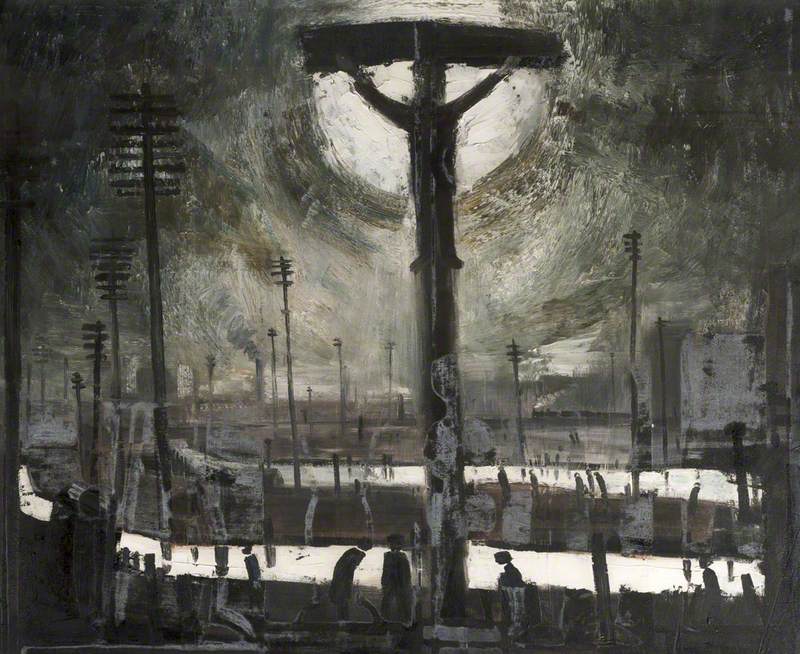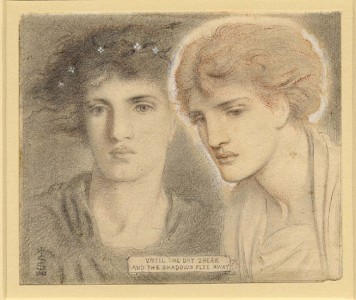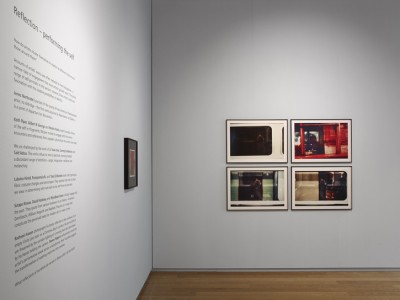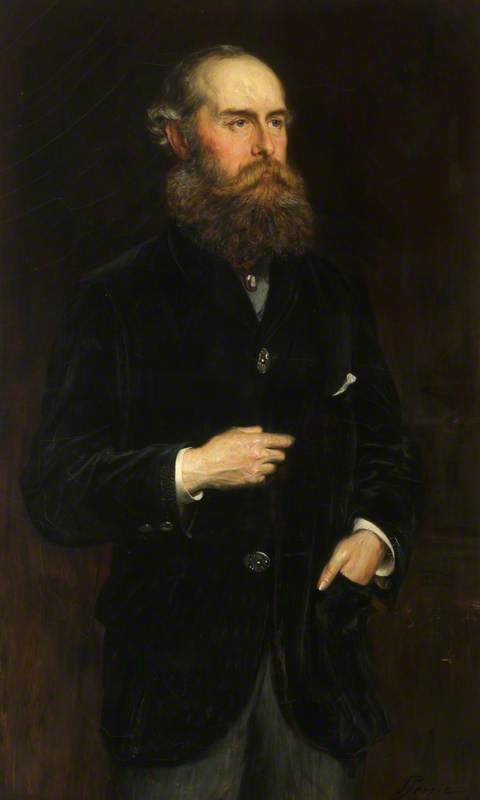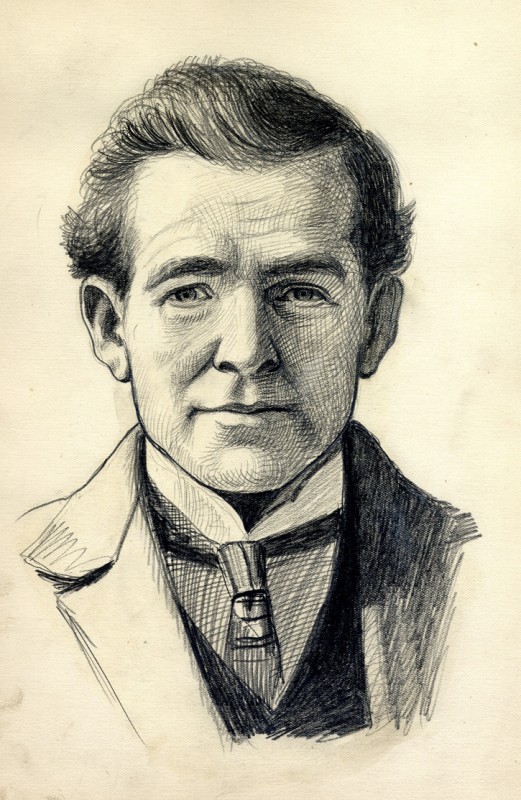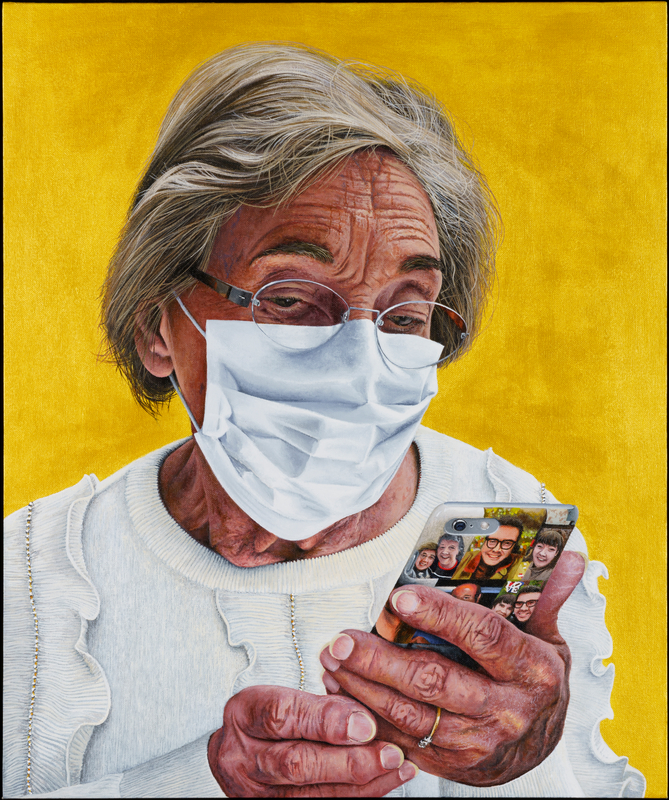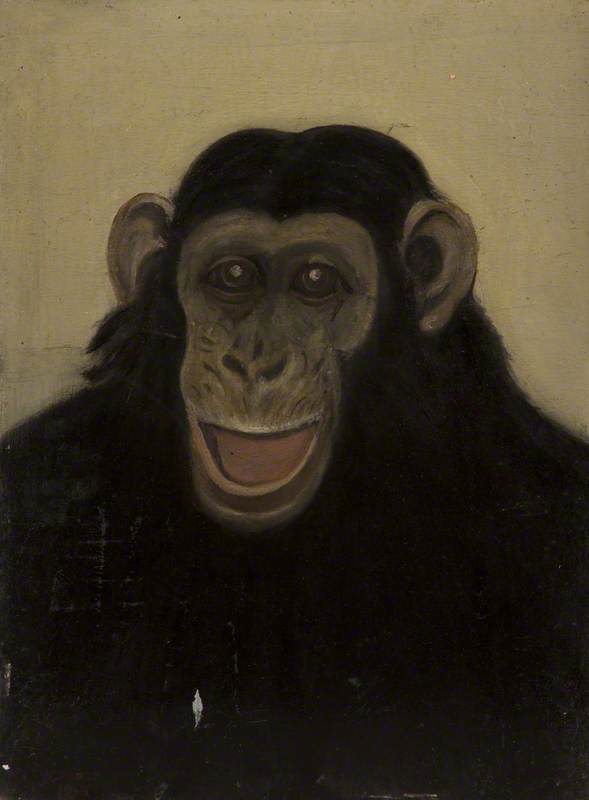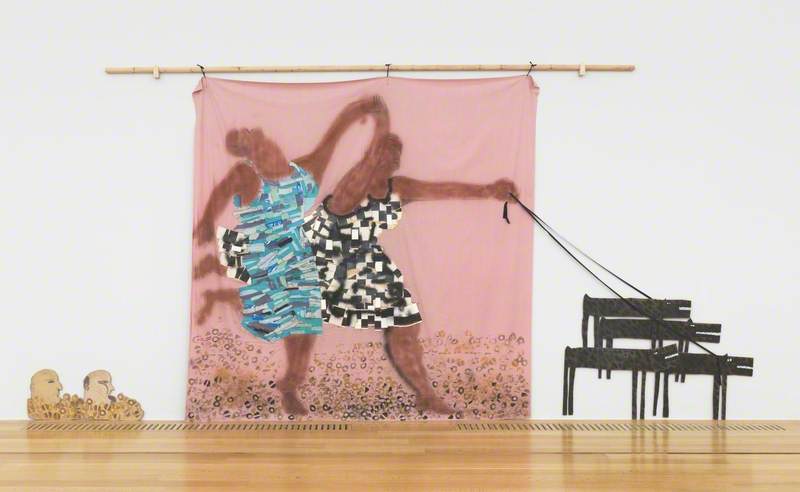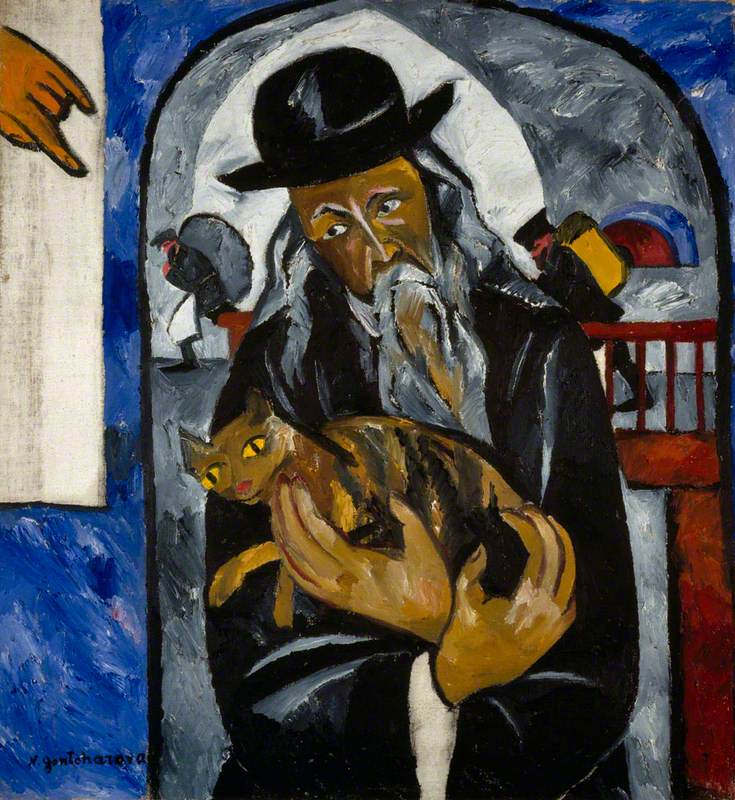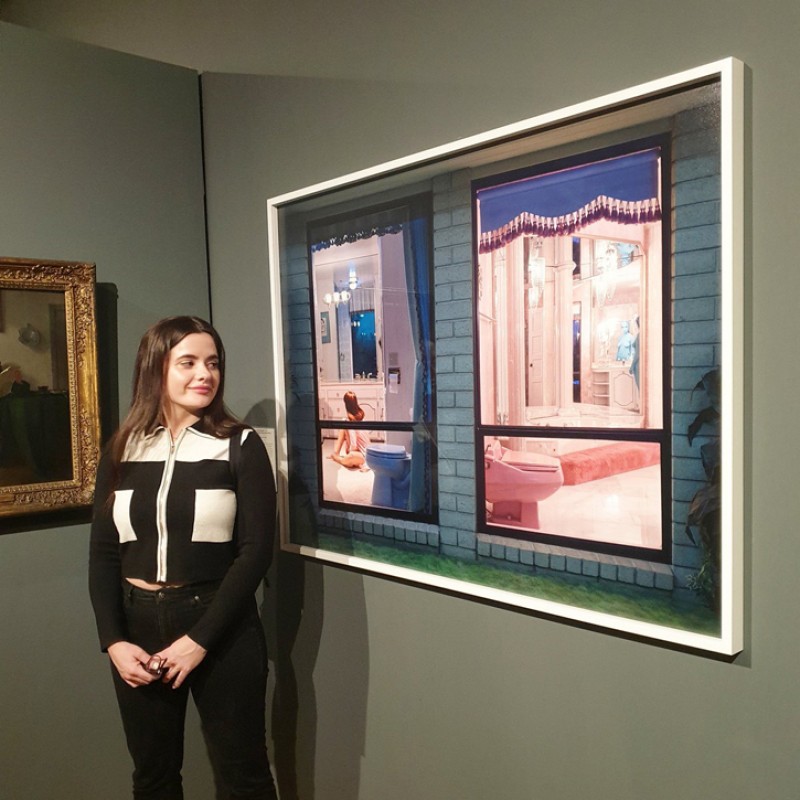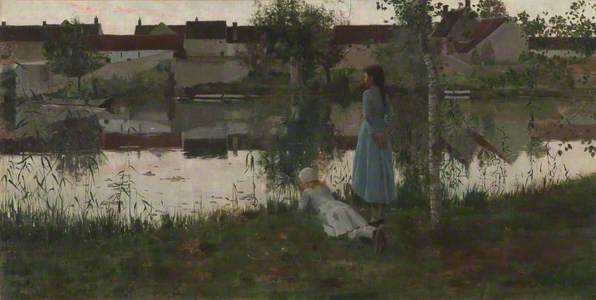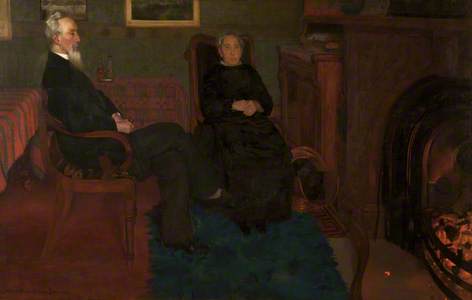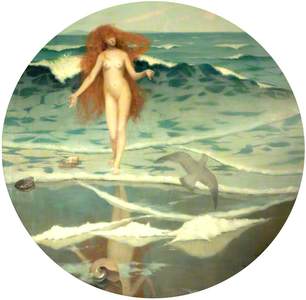A new exhibition at Gallery Oldham shows the work of William Stott of Oldham within the context of his peers. The centrepiece is one of Stott’s most celebrated paintings – Le Passeur (The Ferryman).
Gallery Oldham is the third partner gallery to display Le Passeur as part of a UK-wide tour in partnership with Tate, thanks to funding from National Lottery players through the Heritage Lottery Fund, the John Ellerman Foundation and Art Fund. Since 2017 the painting has been on display at Tate Britain, Oriel y Parc Gallery and Visitor Centre, Southampton City Art Gallery and will be exhibited at Aberdeen Art Gallery in late 2019. At each venue the painting is presented in a specially curated display, complemented by learning resources and a programme of training for staff and volunteers.
While Le Passeur is clearly one of the star works, there are many outstanding and intriguing paintings in this exhibition. Here staff and volunteers at Gallery Oldham pick five of their favourite works by one of our town’s most well-known artists.
My Father and Mother chosen by Alison Jones, Gallery Oldham volunteer
Perhaps they are thinking about their December wedding, their early lives in a rapidly expanding industrial Oldham, the turbulence of the cotton trade, the four children lost or the four who survived, their successful cotton mill, the fame of their artist son, the comforts of later life, or perhaps of sadness to come. William’s mother seems insubstantial in the painting and died in 1887. Intriguingly, Abraham Stott, a cotton mill owner, knew well the risks of fire but he has left the embers untouched on the hearth.
Prince or Shepherd? chosen by Andrew Heathcote, Visitor Experience Assistant
My favourite painting in the exhibition is Prince ou Berger (Prince or Shepherd?) which William Stott painted in 1880 in a small village called Grez-sur-Loing, south of Paris.
Painted in the open air (en plein air), it features a young girl in a blue dress and a white cap, daydreaming while leaning on a broken fence alongside a river. The French artists used rivers and ferries as a way of marking the passing of time so perhaps she is dreaming of her life ahead outside of the village.
It is possible that she is the same girl featured in Stott’s later painting the Le Passeur (The Ferryman). It is a painting that perfectly captures a moment in time.
Hide and Seek in the Garden of Epicurus, Leontium and Ternissa chosen by Leah Wilson, Member of the Gallery Oldham Youth Collective
Hide and Seek in the Garden of Epicurus, Leontium and Ternissa
William Stott (1857–1900) 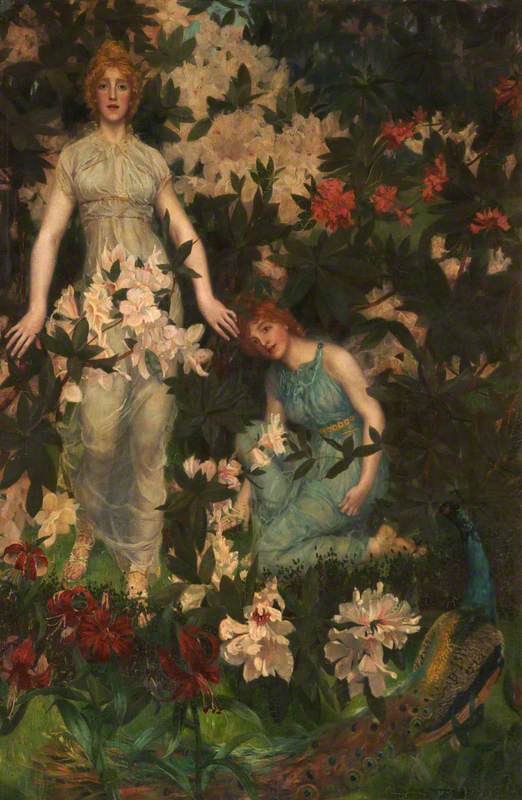
The garden of Epicurus was a garden which the Athenian philosopher Epicurus bought in 306–307 BC, and used this private garden to do is teaching to followers of his philosophy. The British writer Walter Savage Landor wrote an imagined conversation between Epicurus, Leontion and Ternissa where they discuss hate, love, god, death and grief.
Walter Savage Landor's imagined conversation between Epicurus, Leontion and Ternissa was published in 1828, 29 years before William Stott was born. Personally, I think that William may have used this as inspiration for his painting. It could act as an illustration to accompany the imagined conversation Walter had written.
The thing I like most about the painting personally is the tones of colour Stott used – the contrast of dark greens with pale skin tones and flowers. The dark colours definitely add depth to the painting, and give you a sense of dense foliage in the garden.
The White Mountain chosen by EvaD Ould-Okojie, Access and Interpretation Officer
The White Mountain is the first exhibition-sized outcome from Stott after many months spent in Switzerland exploring and braving the cold terrain of the Swiss Alps. During his adventures Stott created a series of pastels and sketches documenting the landscape which were then transformed into large paintings which we are lucky to see today (if you come to one of the wonderful venues on this tour, which you definitely should!)
As a sensory image The White Mountain has perfect shades and tonal qualities which lend themselves to a calming exploratory experience. As part of the gallery’s family activities we have created a sensory area inspired by this painting to support visitors of all ages to discover and recreate the piece using a mixture of sensory materials. From textured materials to lights and mirrors the mixture of resources should lead to some beautiful, inspiring and fun recreations of the painting from our visitors.
Venus Born of the Sea Foam chosen by Alison Jones, Gallery Oldham volunteer
A woman steps from a cold northern sea. She was Maud Franklin. Born in Bicester, she later moved with her family to Chelsea. At 16 she was posing for Whistler, and bore him two daughters. Country girls who fell into prostitution and destitution were common, but although Maud was abandoned by Whistler, she did not follow that path. Instead she made good use of her opportunities to educate herself and make useful friends. She moved to France, married twice, had a son and died in Cannes on the eve of the Second World War.
Collated by Rebecca Hill, Exhibitions and Collections Coordinator (Art), Gallery Oldham
The exhibition ‘William Stott of Oldham: Great Painters Are Rare’ is on at Gallery Oldham from 26th January to 11th May 2019


